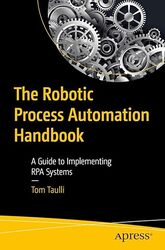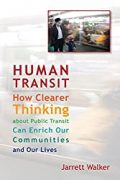
Rating: 6.3/10.
Book covering the basics of RPA from a high-level business perspective rather than a technical one. The author is a tech journalist rather than an engineer, so overall the book was disappointing for me due to its lack of depth on various topics. Instead of providing specific details, it contains brief, vague, and general statements about many topics, making it a less than ideal resource for learning. I skimmed through it quickly.
Chapter 1. Robotic Process Automation (RPA) automates straightforward and repetitive tasks, often spanning multiple applications. It began gaining traction around 2012. RPA can be triggered manually or run autonomously, and it’s good at performing repetitive tasks more reliably than humans though it does not make decisions on its own.
Chapter 2. Common technologies used in RPA systems, like on-prem and cloud computing, web technologies, optical character recognition (OCR), AI, relational databases.
Chapter 3. Frameworks for process improvement, like the Toyota production system. How to identify inefficiencies and defects in workflows to optimize performance.
Chapter 4. The RPA planning phase, identifying processes that are tedious, rule-based, and do not require human judgment, often related to data entry, data updating, and data migration. Organizations may work with RPA consulting firms and incentivize them based on business outcomes.
Chapter 5. How to select RPA software based on factors such as cost, available features, usability, and long-term potential.
Chapter 6. The Center of Excellence (CoE) is the internal team responsible for RPA, typically includes business analysts, stakeholder managers, solution architects, and RPA developers.
Chapter 7. Intro to defining bots using no-code workflows in UiPath Studio; concepts like variables, control flows, and actions. Orchestrator is used for bot management and deployment.
Chapter 8. Deployment considerations include testing, monitoring, scaling, and serving bots in production environments.
Chapter 9. Basic data science concepts like data preparation, ML, issues with model biases.
Chapter 10. Overview of various RPA vendors, their history, and main offerings, including UiPath, Automation Anywhere, and Blue Prism, along with many smaller players in this space.
Chapter 11. Open source offerings for RPA, including OpenRPA and several others, though they have not gained significant traction compared to enterprise companies.
Chapter 12. Process mining uses techniques from data science to analyze event logs and identify inefficiencies, with several companies in this space including Celonis that can typically integrate with RPA systems.
Chapter 13. The next few years of RPA will likely involve market consolidation, delivering automations at the scale that was promised, and increasing involvement of AI in robotic workflows.



